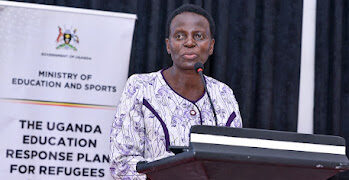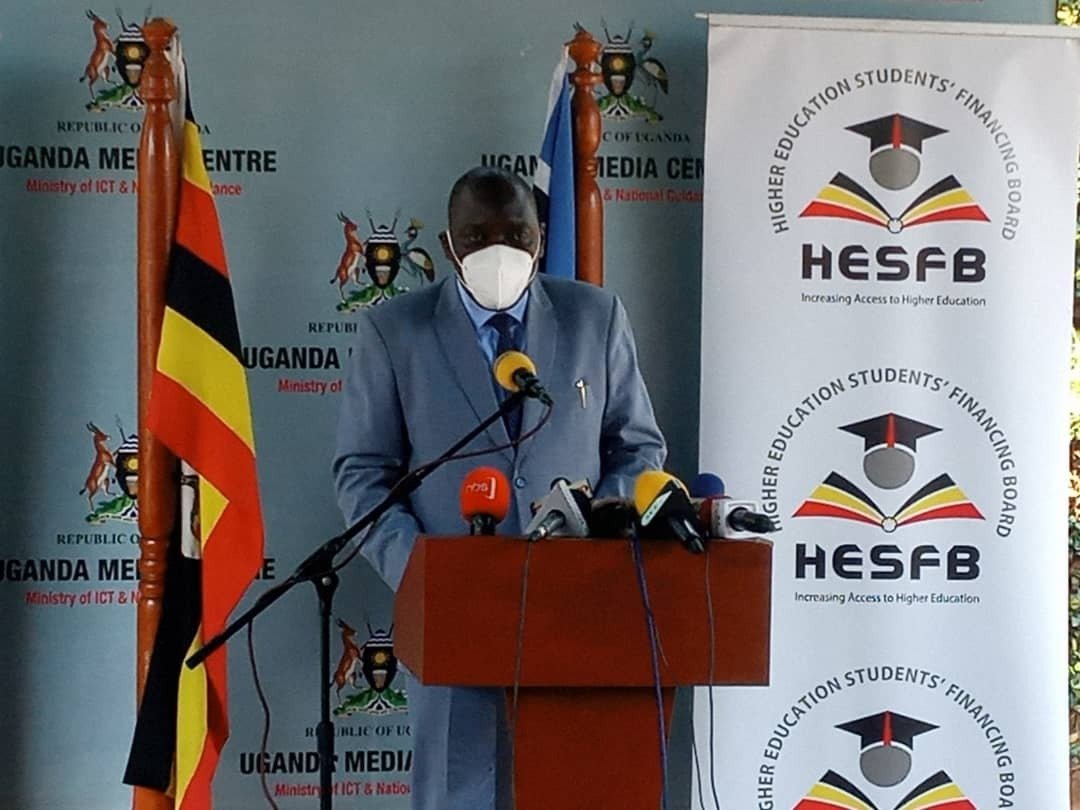By Georgine Obwana
It’s crucial to consider sex differences when crafting policies for optimal nutrition and health. There are key hormonal and physiologic discrepancies in the lifespan that influence nutritional needs for women’s health. Women’s nutritional requirements need to be translated into suitable nutrition policies that purpose to not only avoid obvious nutritional deficiencies, but also to promote health and curtail the threat for chronic diseases.
The existing foundation of various health policies is the 2030 Agenda for Sustainable Development Goals (SDGs) by the United Nations (UN). This agenda was accentuated by the Food Systems Summit 2021 which thrusted brave novel actions to realize advancement on all 17 SDGs. Associated with nutrition are SGD2 Zero Hunger, SDG3 Good Health and Wellbeing but also SDG5 Gender Equality. These SDGs are significant to women because of their vulnerability concerning food insecurity in their life phases like pregnancy.
It has been recognized that malnutrition in utero not only leads to low birth weight or less healthy babies but also influences incidences of non-communicable diseases later in life. Therefore, proper nutrition during an infant’s first 1000 days including the mothers is crucial to healthy populations in all cultures.
Women’s nutrition in adolescence is every so often ignored. Denoted as the second window of opportunity to catch up with linear growth in addition to the first 1000 days, this phase is a key nutrition-sensitive developmental period. We regard adolescents as our upcoming workforce and conveyors of our next generation. Consequently, improving their health and growth is fundamental in determining the health and wellbeing of this generation as well as the next.
Adolescence phase involves rapid growth thus, the energy and nutrient supplies intensify. Moreover, physical activity and eating behavior are profoundly influenced by internal factors like food preferences, biological changes, beliefs, attitudes, perceived barriers, self-efficacy. External factors including friends, social and cultural norms, fast food outlets and family also play a role. Similarly, macro-systems such as food production, food availability, distribution systems, mass media, and advertising. Accordingly, adolescents are nutritionally vulnerable because of the increased nutritional demands together with the social alteration to adulthood.
In Uganda, there is a double burden of malnutrition in this vulnerable group signifying that obesity and anemia can co-occur in the same girls, which needs to be taken into account in dietary advice and nutrition programs. Hence, multi-sectoral combined policies and programs that improve adolescent girls’ nutritional status as a result increasing their future potential.
As for menopause another female life point with nutritional concerns has women alter their way of life for healthy aging. Eating less meat and shifting to a plant-based diet may be a good solution for this, but the context needs to be taken into account. For instance, in regions with food insecurity and high prevalence rates of anemia and other micronutrient deficiencies, a careful trade-off needs to be made.
As nutrition advocates do we understand and appreciate the unique nutritional needs, challenges and opportunities of the various life stages for women across the life course and acknowledge evolving nutritional interventions that may be beneficial for women? There is need to target locally effective nutrition needs to offer diverse suggestions for different cultural, socio-economic, and geographic communities which should be pertinent at all stages of growth and development. There must be adequate access to nutritious foods and information to comprehend and implement proven nutritional opportunities.
Therefore,moreattention and responsibility are required to offer support during girls’ adolescence periods. Anall-inclusive approach comprising policymaking, addressing social determinants, education, access to reproductive services and financial support can generate long lasting effects and can help to break the intergenerational effect of poor nutrition and health in future generations.
In view of women’s ability to age healthfully, there must be more than just the lean emphasis on reproduction and hormonal wellness. Nutrition concentrated in diverse cultural, socio-economic and life-course communities, as well as appropriate at all stages of growth and development must not be a one-size-fits-all approach.
Nutrition science is moving in the direction of understanding optimal nutrition in an expansive perspective allowing for the intricacy of connections comprising not only adequate nutrition but also the interplay with behavioral, social, environmental, community dynamics, and other lifestyle factors. Optimal is greater than the sum of the merely sufficient.
Georgine Obwana is a Senior Program Officer, Civil Society Alliance for Nutrition Uganda (CISANU)
She is currently pursuing a Masters Degree in Strategic Communication at Uganda Christian University (UCU).








































